Frederica Freyberg:
In economic news, non-farm jobs in Wisconsin grew to a record high three million plus in June. Inflation has fallen but remains stubbornly above targets. The fed just raised interest rates another quarter point hoping to make borrowing and investing more expensive to reduce demand for goods, services, and labor. Where does all this leave us here in Wisconsin? We turn to Kevin Bahr, UW-Stevens Point emeritus professor at the Century School of Business and Economics. Professor, thank you for being here.
Kevin Bahr:
Frederica, nice to be back. Thanks for having me.
Frederica Freyberg:
All in all, how is the economy for folks in Wisconsin?
Kevin Bahr:
Wisconsin is pretty much tracking the United States in general and the economy has really been doing quite well, much better than expected. The stock market, which is generally viewed as a leading economic indicator, the S&P 500, a benchmark index of large company stocks, that fell by 19% in 2022. That is up about 19% through seven months this year. Tech stocks declined by 33% last year. They’re up about 33% this year. And the reason why everything has gone much better than expected is because economic growth through the first half has been above 2%. That’s viewed as moderate economic growth. There were recessionary concerns at the end of last year. That hasn’t materialized. The labor market in the United States, we have 156 million Americans working. That’s greater than at any other point in time in the history of the United States. It’s five million more than were employed in 2019. It’s 25 million more than were employed at the bottom of 2020 during the COVID years. Unemployment, 3.6%. Everything is very strong, continues to be very strong. If you look at the number of job openings per unemployed worker, that’s about 1.5. So on balance, things have been going very good. Inflation, a year ago, 9%. Now it’s 3%.
Frederica Freyberg:
Those rate hikes really did the trick, though they continue to impose themselves. Unemployment in Wisconsin is about 2-1/2% right now. It’s still a good time to get a job and people should expect the pay to be higher?
Kevin Bahr:
Wage growth has been — wage growth in the last two years has been higher than at any other point this century in the United States. Wage growth has been coming down the last couple of months, but the good news is, the wage growth has been coming down the last couple of months, inflation has been coming down. Now you have wage growth exceeding inflation. So your purchasing power has actually been going up. If I might point out, one of the main reasons why inflation has gone from 9% to 3%, there were global economic factors that really drove inflation throughout the world. Inflation peaked not over 10% in the United Kingdom, in the European Union. It was over 8% in Canada. It was nearly 9% in Mexico, so you had this global inflation last year and the trends, kind of the ups and downs of inflation, the U.S. pretty much reflects that and it was really pretty much driven by yet a nearly doubling of oil prices because Putin invaded Ukraine. You had wheat prices explode by about 50% because Russia and Ukraine combine for about 30% of global wheat exports. Russia is the number one provider of agricultural fertilizer exports, so all that contributed to this huge historically high inflation around the world. So you still have the Federal Reserve raising interest rates and central banks around the world raising interest rates because that’s really all they can do. They’re trying to cut down demand for products, although consumer spending has remained strong, because their goal is to get inflation down to about 2%. Well, we’re still above that so you have another rate increase yesterday, basically 11 rate increases since the beginning of 2022.
Frederica Freyberg:
So I wanted to ask you about the job market. It’s still the case that there is a shortage of workers, and one economic expert I read said that the labor market is, “out of whack.” How does it get realigned?
Kevin Bahr:
Well, that’s what the — you know, that is an excellent question, because I think in my opinion, anyway, if you look at the Federal Reserve and the number one thing that they’re trying to do is to get that labor market back in line. So in other words, where you don’t have this higher number of job openings per unemployed worker. That creates wages going up. That can contribute to inflation. So by increasing interest rates, the idea is that at some point, consumers stop spending on stuff because cost of financing is going to be more expensive. Business investment, residential investment, that’s a little bit up and down over the last year. That’s definitely felt the impacts of the increase in the interest rates, but consumer spending overall has not. But you hit on the exact point, that is why the Federal Reserve keeps on ratcheting up interest rates, even though inflation has come down rather significantly.
Frederica Freyberg:
Well, it is a complicated mix. So, Kevin Bahr of Stevens Point, thanks very much.
Kevin Bahr:
Thanks for having me.
Search Episodes
News Stories from PBS Wisconsin

Donate to sign up. Activate and sign in to Passport. It's that easy to help PBS Wisconsin serve your community through media that educates, inspires, and entertains.
Make your membership gift today
Only for new users: Activate Passport using your code or email address
Already a member?
Look up my account
Need some help? Go to FAQ or visit PBS Passport Help
Need help accessing PBS Wisconsin anywhere?

Online Access | Platform & Device Access | Cable or Satellite Access | Over-The-Air Access
Visit Access Guide
Need help accessing PBS Wisconsin anywhere?

Visit Our
Live TV Access Guide
Online AccessPlatform & Device Access
Cable or Satellite Access
Over-The-Air Access
Visit Access Guide
 Passport
Passport






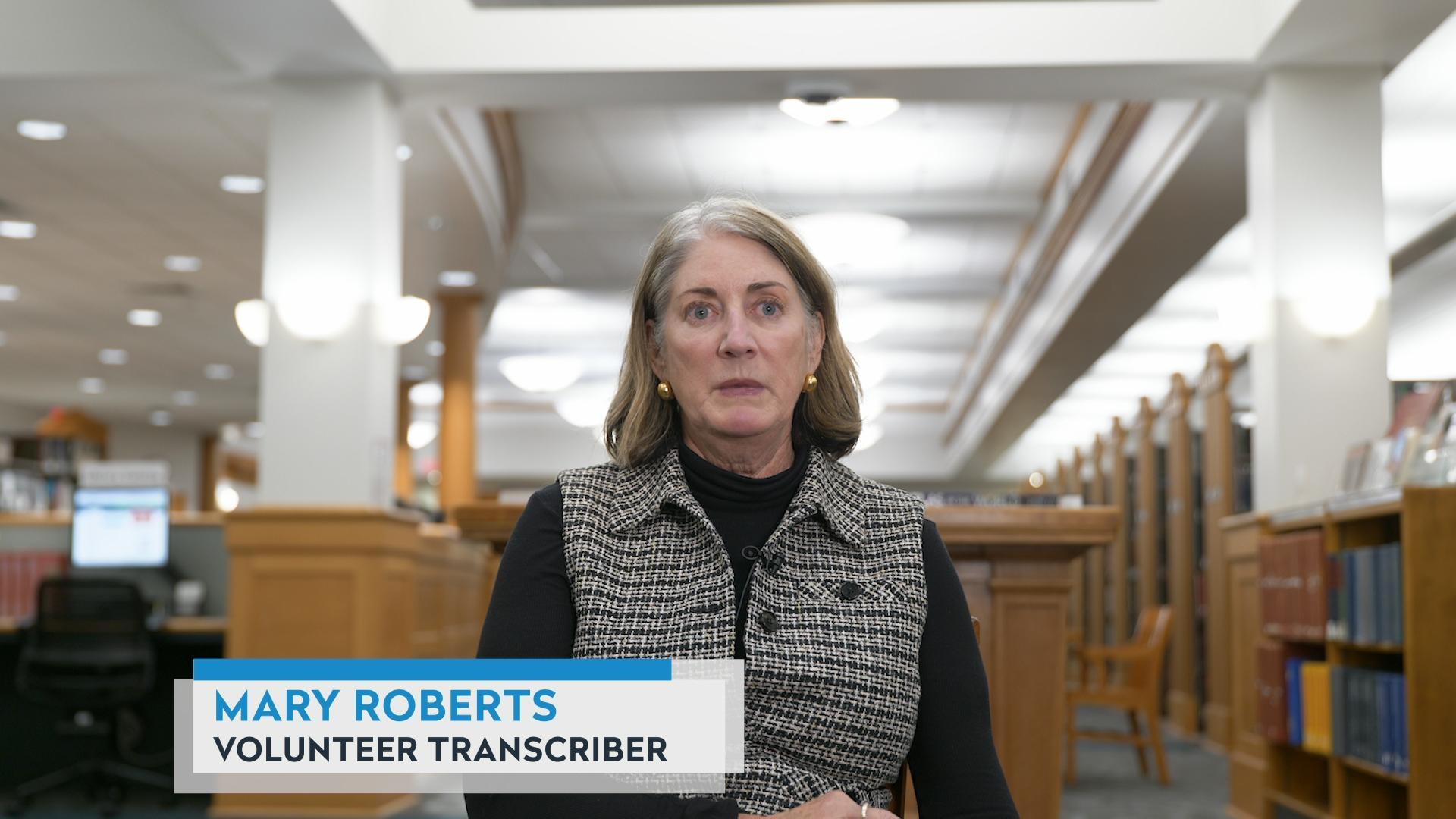

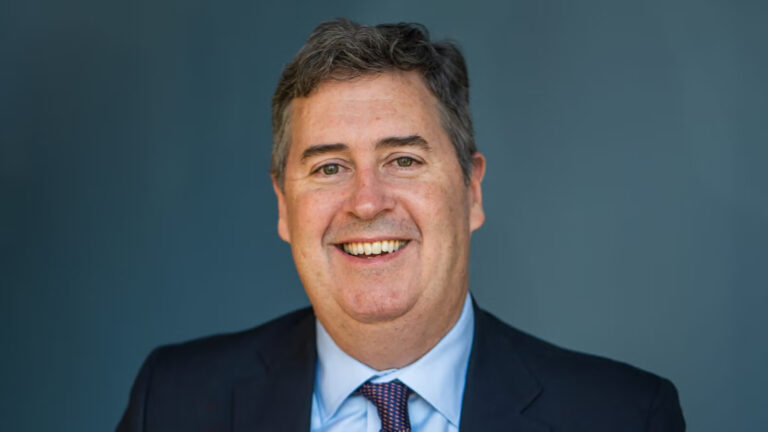
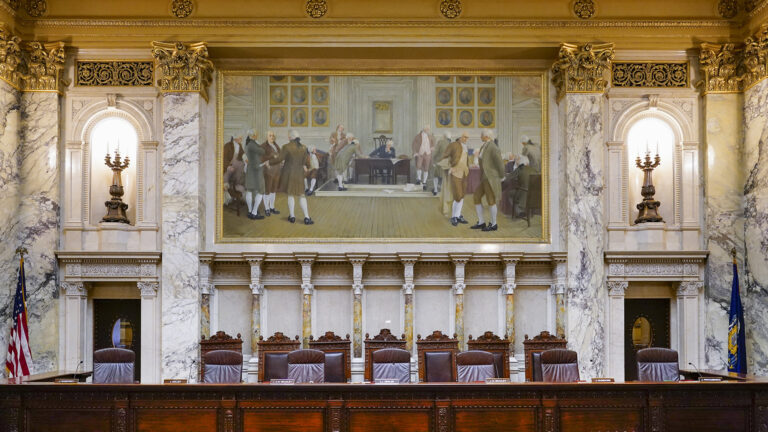
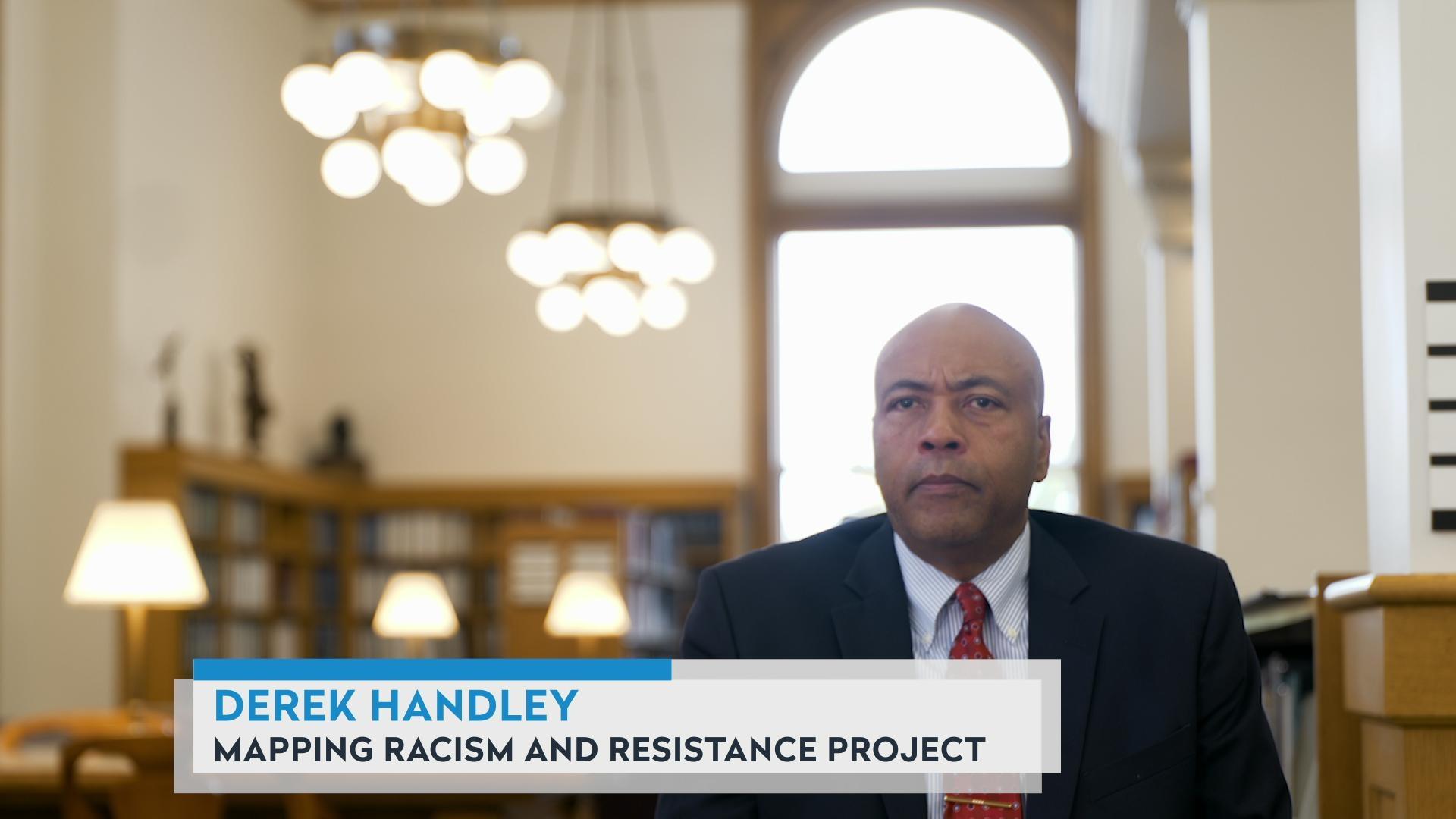

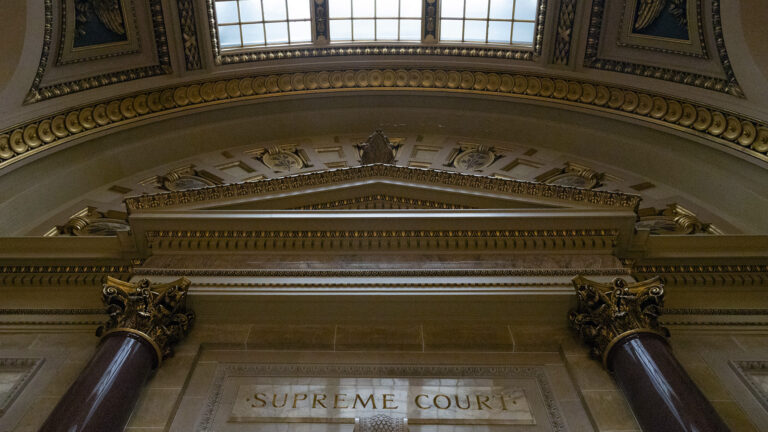
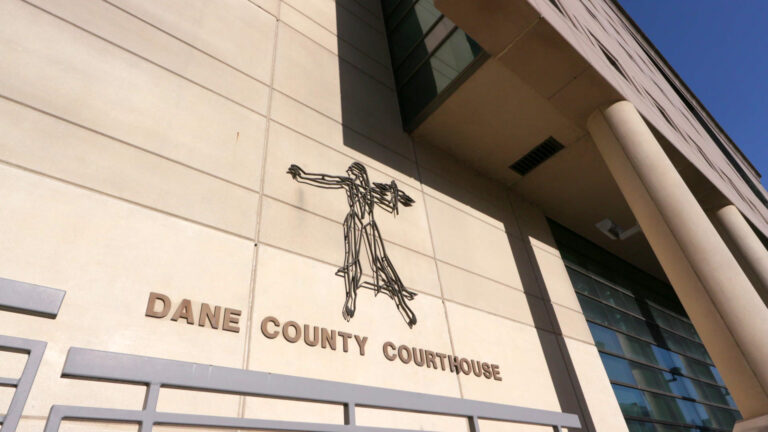

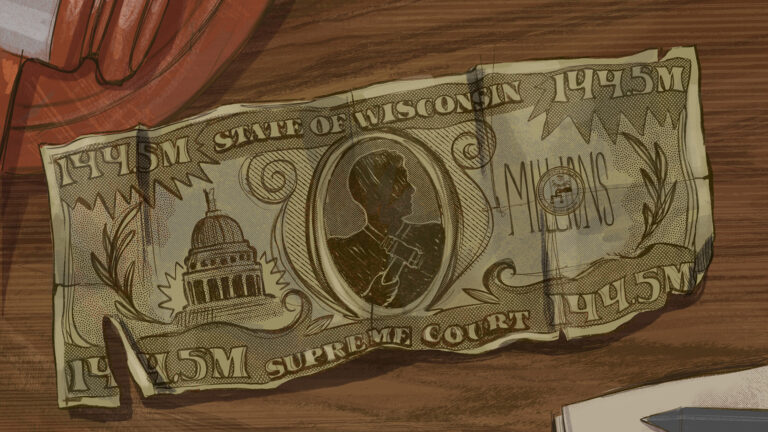


Follow Us